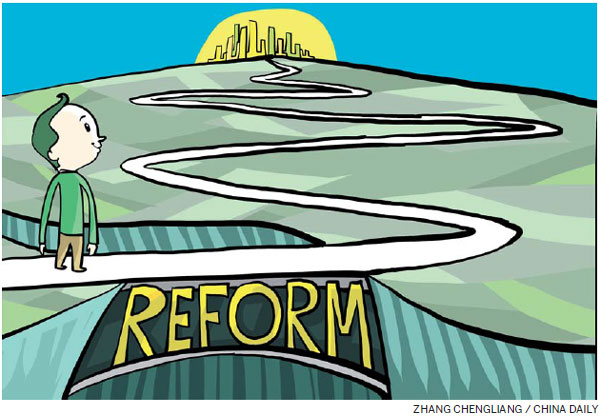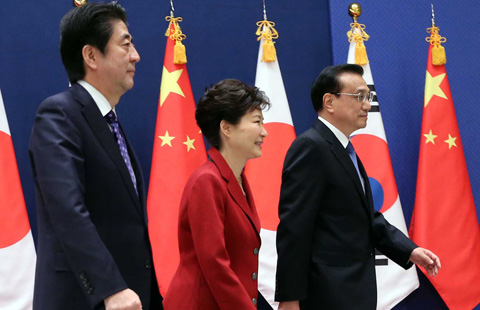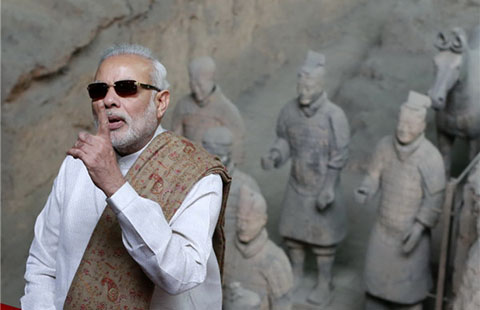

Since the Third Plenary Session of 18th CPC Central Committee set the mixed ownership as the basic principle of reform of State-owned Enterprises (SOEs) in 2013, the long-awaited detailed policies were issued by the State Council just last month, the "Guidelines on Deepening the Reform of State-owned Enterprises" and the "Opinions on the State-owned Enterprises to Develop a Mixed Ownership Economy".
Though the reform has been widely discussed in a short time in many aspects, what it means to foreign investments, which is this article's aim, has been seldom mentioned.
To answer the question, it is essential to understand the background.
According to the Ministry of Finance of China, at the end of 2011, the 144,700 State-owned enterprises, though only accounting for about 3 percent of the total firms, provided 43 percent of China's total industrial and business profit. The scale is impressive but the cost is too high.
The SOEs enjoy many favorable treatment, such as direct subsidies, concessionary financing, State-backed guarantees, preferential regulatory treatment, exemptions from antitrust enforcement or bankruptcy rules. They are not only provided more than 80 percent of bank loans but also more convenience to be listed in stock market, but their efficiency is under suspicion.
In China's stock market, the total 334 central SOEs' average return on asset is 2.2 percent, which is much smaller than private listed companies' 5.2 percent and foreign companies' 6 percent. But these 334 central SOEs out of all 2,780 companies control more than 80 percent of the total assets.
SOEs' profits and revenues have been facing problems for past several years. The total revenue of SOEs in 2014 was 48.06 trillion yuan ($7.58 trillion) with a yearly increase of 4 percent and the total profit was 2.48 trillion yuan with a yearly increase of 3.4 percent. Both the figures are much lower than the GDP growth rate. The total revenue between January and July in 2015 was 25.37 trillion yuan with a decrease of 6.1 percent and the total profit at the same period was 1.42 trillion yuan, a decline of 2.3 percent. The negative growth is unbearable, but it seems that the trend is not a short-time phenomenon.








